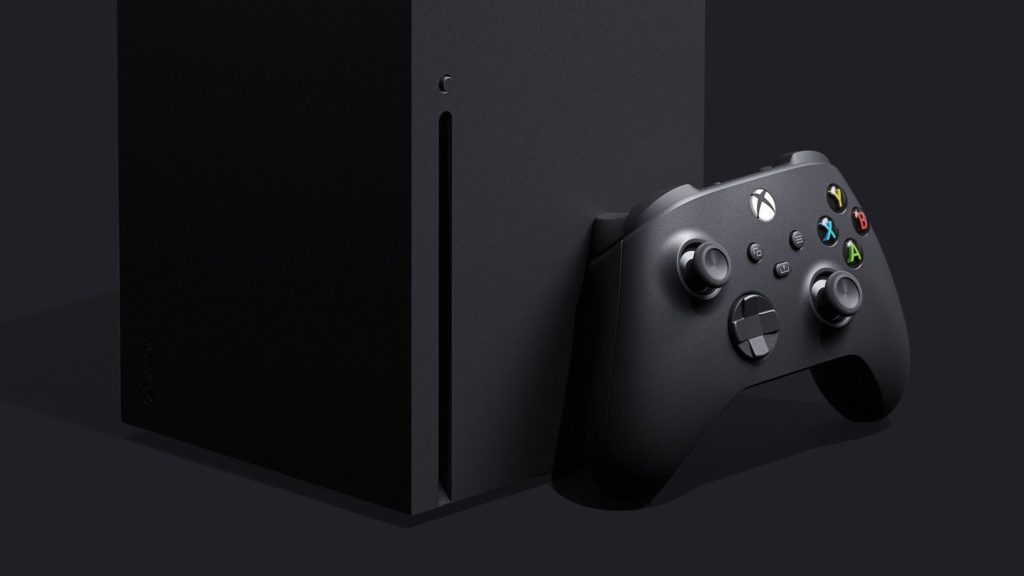The Console

We reached out to Microsoft, who confirmed that the Series X cannot actually fly. They also categorically stated that no attempt should be made to levitate it above water. Something to do with water ingress, catastrophic hardware failure, invalid warranty, danger of death, yadda yadda yadda. Spoilsports.

The above image, either leaked deliberately or by someone who neither cared for their job or the considerable legal might of Microsoft, has become famous. When it was released, there was much speculation over the mystery port. We now know (and as I expected), this is a bespoke SSD expansion port. This also shows the S/PDIF (Fibre Optic) port, which has sadly been removed. (Do Microsoft even Astro, bro?)

Despite initial reveals giving the impression the console would share a similar size to a large desktop PC case, it turns out to be significantly smaller, more comparable with a Mini-ITX case.
Check out the following image for a size comparison with other consoles.

As you can see, the Series X is roughly the same height as the One X, about three times the width, but not quite as deep. Despite initial concerns, it should lie horizontally in all but the smallest of TV cabinets.
The Xbox Series X is a case of form following function. There’s a reason PC manufacturers make cases the shape they do. As the next-generation of consoles become more similar to their PC cousins, it makes sense for them to come closer in design, too. The components in the Series X are going to kick out a serious amount of heat, and this design should ensure that the airflow efficiently cools the components and vents that unwanted heat from the top of the console with a large and (if the One X is anything to go by), quiet fan.
I actually really like it, but I can see why it’s divisive. For me, as someone who games on a large desk replete with multiple screens, laptops and other gaming paraphernalia, it’s going to fit in just fine.
(I’m still holding out hope that they will release a version with a clear panel and full RGB lighting – insert “Shut up and take my money” meme here)
The Controller

Straight away, it’s clear that the new controller is iterative far more than it is innovative. At a glance, the only real difference is the redesigned D-pad, and the inclusion of a share button. While it may seem a bit of a cop-out initially, it’s actually a masterstroke from Microsoft.
You see, the Series X is fully compatible with all existing Xbox One peripherals. If you’ve recently forked out in excess of £120 on an Elite controller, no worries, it’s going to work on the Series X, albeit without the share button. The same applies to custom controllers or those created with the Design Labs. They will just work.
The PS5 controller has added some innovative controller functionality, but if the woefully underused touch-pad is anything to go by, it may end up being more a gimmick than an essential feature. Speaking of the PS5 controller, considering it appears to be morphing into the same shape as the Xbox controller, I don’t think Microsoft has anything to worry about.

The new, circular D-pad. Also pictured, the share button.
Not exactly ground-breaking features, the share button is likely to be the most useful. With the current system, involving diving in and out of menus to take a screenshot and capturing clips, the ability to grab an image on the fly, or to record your moment of gaming greatness without dipping in to menus is most welcome.
AA batteries are used in the default configuration, but I’m ok with this. I have a whole load of high-quality rechargeable batteries, with good capacity. If the controller runs low on juice, I throw in a freshly charged pair. The whole process takes seconds, and I never have to use my controller wired. Love it or hate it, you can’t argue with the practicality.


